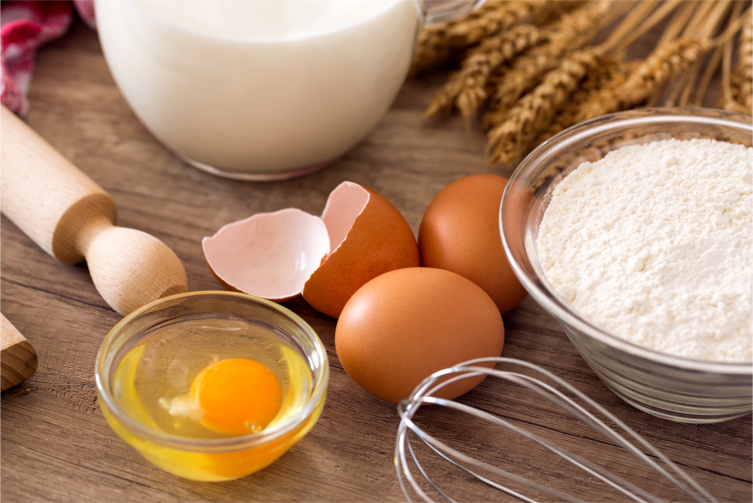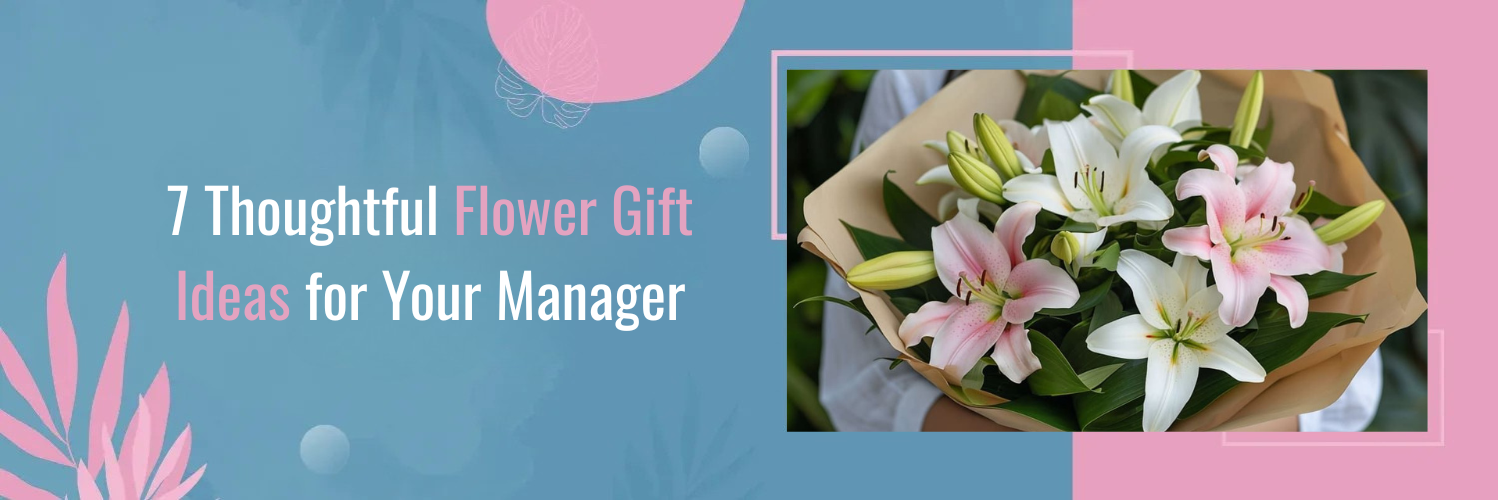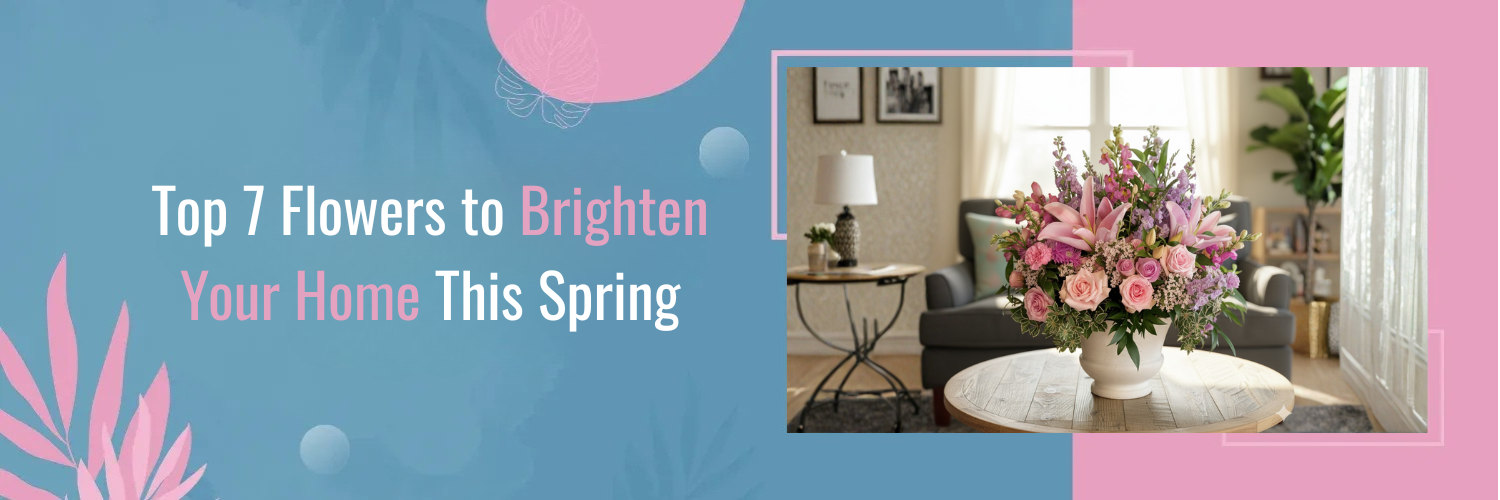Flowers for Birthday Cakes
Are you looking to add a touch of elegance and natural beauty to your next birthday celebration? Flower birthday cakes might be the perfect solution! These delightful confections are not only visually stunning but also offer a wonderful way to personalize your birthday cake. In this comprehensive guide, we will walk you through the process of creating your own flower birthday cake. Whether you’re an experienced baker or a novice in the kitchen, you can master the art of making these floral-inspired cakes.
The appeal of flower birthday cakes lies in their ability to combine the beauty of nature with the joy of celebration. They provide a unique and charming way to celebrate birthdays, weddings, and other special occasions. With the right combination of colors and flower choices, you can customize the cake to match any theme or personal preference. Additionally, flower birthday cakes are versatile, allowing you to use a variety of edible flowers and design techniques to create stunning and Instagram-worthy desserts.
Ingredients and Supplies
Ingredients
Before you embark on your journey to create a beautiful flower birthday cake, it’s essential to gather all the necessary ingredients.
Here’s a list of the essential components for the cake itself and additional ingredients for frosting and decoration:
For the Cake:
- All-purpose flour: Typically used as the base for the cake batter.
- Granulated sugar: Adds sweetness to the cake.
- Eggs: Provide structure and moisture to the cake.
- Butter: Adds richness and flavor to the cake.
- Baking powder: The leavening agent that helps the cake rise.
- Milk: Adds moisture and helps achieve the desired consistency.
- Vanilla extract: Enhances the flavor of the cake.
- Salt: Balances the sweetness and enhances flavor.
For Frosting and Decoration:
- Confectioners’ sugar: The primary ingredient for making frosting.
- Buttercream or fondant: Used for covering and decorating the cake.
- Food coloring (gel-based is preferred): To tint the frosting and create colorful decorations.
- Edible flowers: Ensure they are safe for consumption and free from pesticides.
- Optional flavorings and extracts for the frosting: Customize the frosting flavor to your liking, such as almond, lemon, or raspberry.
Having these ingredients on hand will allow you to proceed with confidence as you create your flower birthday cake masterpiece.
Supplies
In addition to the ingredients, you’ll need the right tools and equipment to ensure your flower birthday cake turns out beautifully. Here’s a list of the necessary kitchen supplies and tools:
- Mixing bowls: Use various sizes for different tasks.
- Electric mixer: Makes mixing the cake batter and frosting easier.
- Cake pans: Choose the appropriate size and shape for your cake design.
- Parchment paper: Prevents the cake from sticking to the pans.
- Cooling racks: Necessary for letting the cakes cool evenly.
- Offset spatula: Helpful for spreading frosting and achieving a smooth finish.
- Piping bags and tips: Essential for detailed decorations and piping borders.
- Flower-shaped cookie cutters: Used for creating edible flower decorations.
- Rolling pin: Helps roll out fondant or gum paste for decorations.
- Edible glue or water: Used to attach decorations securely.
- Food-safe brushes: For applying food coloring or edible glitter.
- Floral foam: Needed for arranging edible flowers.
- Cake stand or serving platter: The base for your finished cake.
Having all the required supplies organized and ready before you start the baking and decorating process will make the experience smoother and more enjoyable. With these ingredients and tools in hand, you’re well-prepared to create a stunning flower birthday cake that will impress your guests and make your celebration truly special.
Step-by-Step Instructions
Now that you have your ingredients and supplies prepared, let’s dive into the step-by-step instructions for creating a beautiful flower birthday cake.
Preparing the Cake
Now that you have your ingredients and supplies prepared, let’s dive into the step-by-step instructions for creating a beautiful flower birthday cake.
- Pro Tip: While the cakes are cooling, you can start preparing your frosting and edible flower decorations. Properly cooled cakes are essential for smooth assembly and decorating.
Remember, the key to a moist and flavorful cake lies in using high-quality ingredients, precise measurements, and patience during the preparation process. Once your cakes are fully cooled, you’ll be ready to move on to the next steps of assembling and decorating your flower birthday cake.
Baking and Cooling
Baking your cake is a critical step in the process. Follow these guidelines for a successful bake:
- Use the recommended cake pans and parchment paper to prevent sticking.
- Rotate the pans halfway through baking for even cooking.
- Check for doneness by inserting a toothpick into the center; it should come out clean.
- Once baked, remove the cakes from the oven and let them cool in the pans for a few minutes before transferring them to wire racks to cool completely.
- Proper cooling is vital to prevent your cake from becoming too fragile during assembly.
Making Frosting
A delicious frosting is key to a fantastic flower birthday cake. Here’s a basic frosting recipe along with some flavor variations:
Basic Buttercream Frosting:
- In a mixing bowl, beat softened butter until creamy.
- Gradually add confectioners’ sugar and beat until well combined.
- Add vanilla extract and continue to beat.
- If needed, adjust the consistency with milk or more sugar.
- Variations: You can add cocoa powder for chocolate frosting or fruit puree for a fruity twist.
Assembling the Cake
Now it’s time to put your cake together:
- Level the cake layers using a serrated knife to ensure even stacking.
- Place a dollop of frosting on the cake stand or serving platter to secure the first layer.
- Spread a layer of frosting on the first cake layer.
- Add the second layer and repeat the frosting process.
- Continue until all layers are stacked.
- Apply a thin layer of frosting to the entire cake (crumb coat) and refrigerate for about 30 minutes.
- Once the crumb coat has set, frost the cake evenly for a smooth finish.
- A well-assembled cake is the canvas for your floral decorations.
Creating Edible Flowers
Creating edible flowers adds a touch of natural beauty to your cake. Here’s how to craft them:
- Roll out fondant or gum paste with a rolling pin.
- Use flower-shaped cookie cutters to cut out flower shapes.
- Place the cutouts on foam and use shaping tools to create texture and dimension.
- Allow the flowers to dry and harden before placing them on the cake.
- Consider using edible food coloring to paint the flowers for a lifelike appearance.
Decorating the Cake
Now that you’ve prepared your cake layers and made your frosting, it’s time to move on to the exciting part: decorating the cake with beautiful edible flowers and other creative touches.
Decorating your flower birthday cake is where the magic happens:
- Prepare Your Workspace: Ensure you have a clean and well-lit workspace to assemble and decorate your cake. It’s helpful to have all your decorating tools and supplies organized and within reach.
- Place the First Cake Layer: Begin by placing the first cake layer on your cake stand or serving platter. If your cakes have domed tops, you can level them using a serrated knife to create an even surface.
- Apply a Thin Layer of Frosting (Crumb Coat): To lock in any loose crumbs and create a smooth base, spread a thin layer of frosting over the top of the first cake layer using an offset spatula. This initial layer is known as the “crumb coat.”
- Stack the Next Cake Layer: Carefully place the second cake layer on top of the frosted first layer. Ensure it is centered and level.
- Continue Building the Cake: If you have additional cake layers, repeat the process of adding a thin layer of frosting and stacking the layers until all the cake layers are in place.
- Apply Frosting to the Sides: With all the layers stacked, start applying a generous amount of frosting to the sides of the cake. Use a spatula to spread it evenly, covering the entire cake. You can choose to create a rustic “naked” cake by leaving some cake exposed or opt for a fully frosted look.
- Smooth the Frosting: To achieve a smooth finish on the sides of the cake, use an offset spatula or a bench scraper. Hold the tool at a slight angle and gently run it around the cake while turning the stand or platter. Smooth the top of the cake as well.
- Add Your Edible Flowers: Now comes the fun part—decorating with edible flowers. Arrange the flowers on top of the cake in a visually pleasing design. You can create a flower crown around the perimeter, place them in the center, or scatter them for a more organic look.
- Get Creative: In addition to flowers, consider adding leaves, vines, or other edible decorations to enhance the overall aesthetic. You can use food-safe brushes to apply edible glitter or shimmer dust for a touch of sparkle.
- Personalize Your Cake: Add any personal touches, such as a birthday message, name, or age, using piped frosting. Piping bags with various tips allow you to create intricate designs or write messages.
- Final Touches: Once you’re satisfied with the decoration, step back and admire your creation. Check for any areas that may need a touch-up or adjustment.
- Chill and Set: If you have time, refrigerate the cake for about 30 minutes to let the frosting and decorations set. This will make it easier to slice and serve.
- Slice and Enjoy: When you’re ready to serve, use a sharp knife dipped in hot water to make clean slices. This will ensure that each piece showcases the beauty of your floral decoration.
Remember, decorating a cake is an art, and there are no strict rules. Let your creativity flow, and don’t be afraid to experiment with different flower arrangements and decorative elements. Your flower birthday cake will be a stunning centerpiece at your celebration, combining visual appeal with delicious flavor. Enjoy the delight it brings to both your eyes and your taste buds!
Tips and Tricks
Creating a stunning flower birthday cake can be a breeze with these tips and tricks:
- Plan Ahead: Sketch your cake design and gather all your supplies before starting.
- Level Your Cake: A level cake is essential for stability and aesthetics.
- Practice Piping: Practice piping designs on parchment paper before decorating the cake.
- Edible Glue: Use edible glue or water to attach decorations securely.
- Food Safety: Ensure the flowers you use are safe for consumption and free from pesticides.
- Be Patient: Take your time during each step for the best results.



























